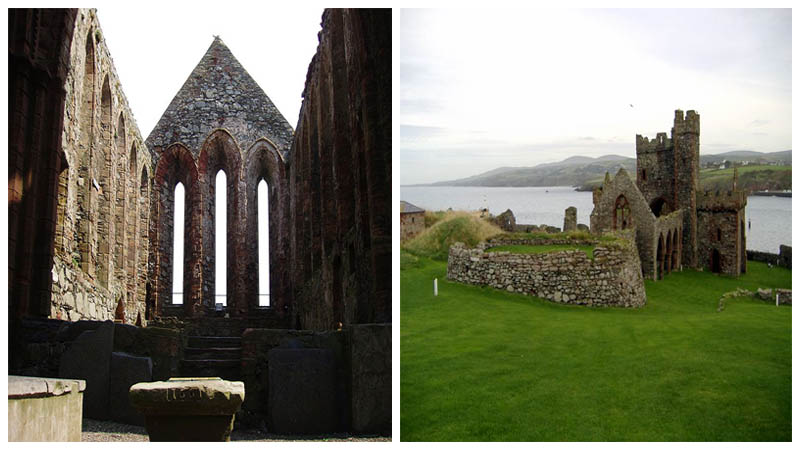Although Peel Castle stands ruinous and empty, its condition only adds to its overall beauty. Its story begins way back in history, at a time when the Vikings were the much-feared authority. Peel Castle was created by Vikings.
Located in Peel Bay on the Isle of Man, in the Irish Sea, Peel Castle has a history that spreads across hundreds of years. It has been a witness to many events and skirmishes on the island.
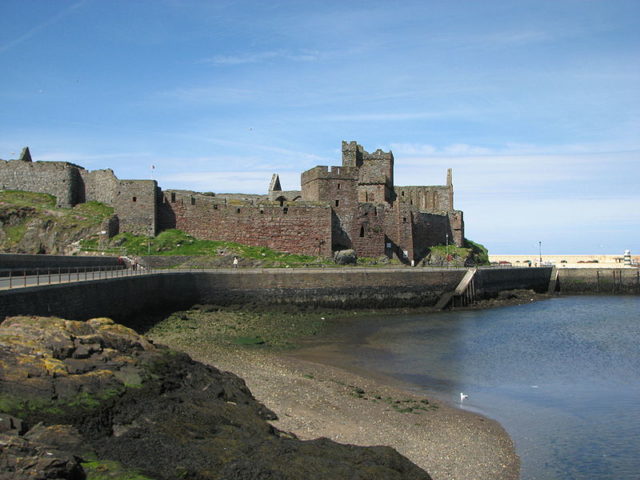
It stands on St Patrick’s Isle, the grounds of which were once trodden by kings, warriors, and missionaries. Its construction began in the 11th century and continued for hundreds of years. Vikings erected the castle during the reign of King Magnus III of Norway, who was also known as Magnus Barefoot. As was the custom of the time, the castle was erected using wood.
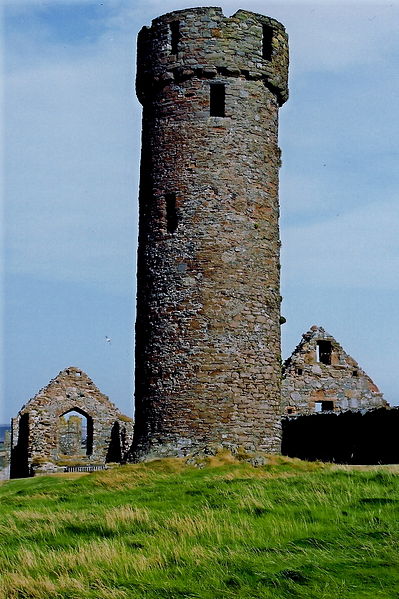
The stonework buildings we witness today were constructed over many years. Their roots are in the 6th century. During this period, the foundations of a Celtic monastery were laid in the ground – a monastic complex that continued to grow until the 8th century.
According to legend, St. Patrick led a group of Irish missionaries to this secluded island around 550 AD. The Cathedral Church dedicated to St. German was erected sometime in the 12th century.
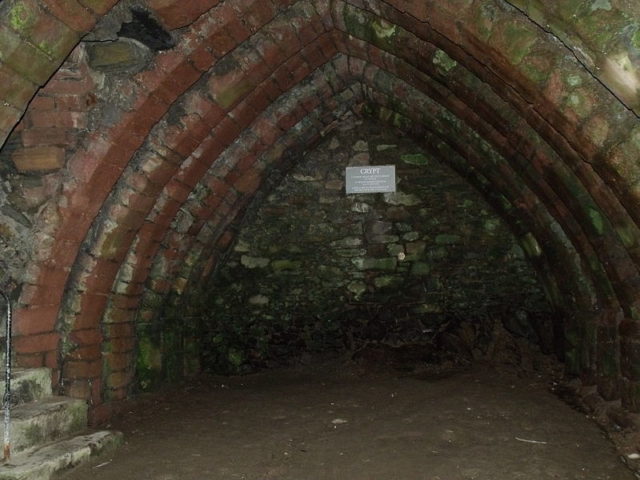
The stone castle that stands today in ruins took its shape in the 14th century and began with a stone keep that was constructed in 1390.
The curtain walls were constructed next; made of local red sandstone, they were called the “Red Curtain.” The ”Green Curtain,” on the other hand, was constructed using a greenish-colored slate and was enriched with flanking towers. This second curtain wall and towers were constructed at a later date.
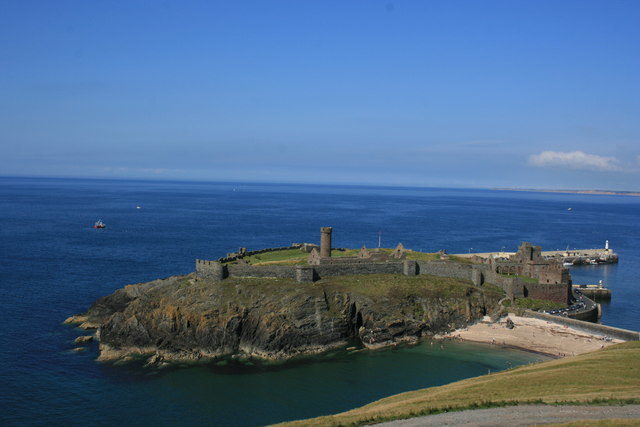
With time, the castle grew to become an important administrative center and, like most castles, part of it served as a prison. One of its most prominent prisoners was Edward Christian, a Governor of the Isle of Man who was held at Peel Castle for eight years on the charge of treason. He was released in 1651 but arrested again 1659, this time for plotting to overthrow the new Governor. Christian died in this prison in 1661.
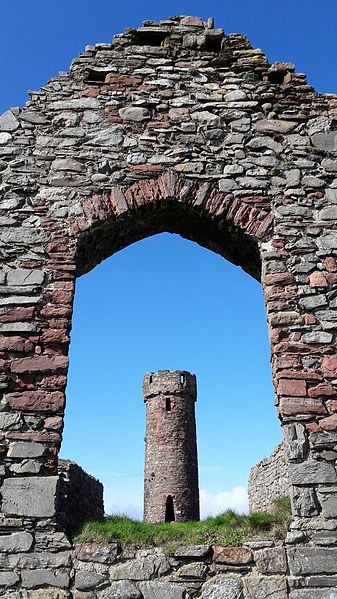
As time went on, the castle was re-modified and further enlarged a number of times. This continued up until the 19th century.
It was then abandoned and left to deteriorate. A 19th century modification destroyed many of the older sections as the stones were reused for the new defenses.

Much of what we know today about the castle is the result of archaeological excavations, the most important of which took place between 1982 and 1987 and was carried out by the Liverpool University Archaeological group. It was during these excavations that part of Magnus’s original fort was discovered.
It doesn’t come as a surprise, given the ancient origin of the site, that a number of legends and tales surround it, some of which are more frightening than others. For instance, one story tells of Moddey Dhoo, a giant black dog with fire-red eyes and razor-sharp teeth.
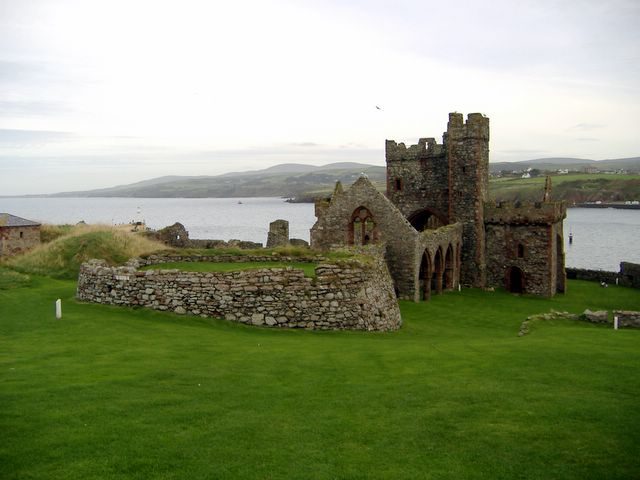
The dog is said to have appeared almost every day, after the castle’s gates were closed. It terrified the guards because of it’s abnormally huge size, and more often than not it entered the guard room where the guards were enjoying their ale and warming themselves by the fire.
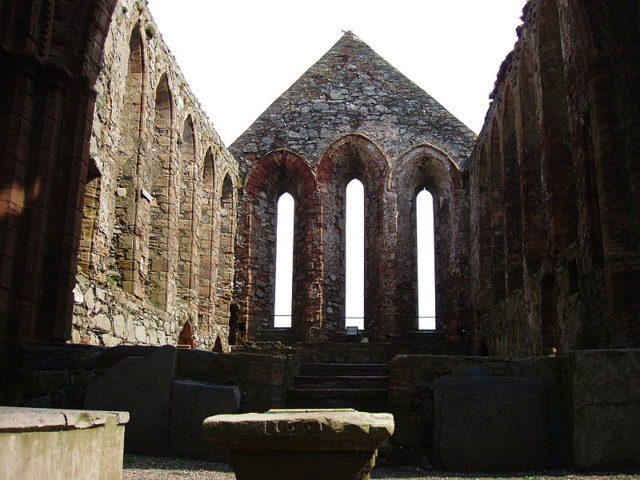
The dog made no sound and only laid quietly by the fire until dawn when it got up and left the room. One day, a drunk soldier yelled and challenged the dog, stating he feared no evil. The dog rose quietly and followed the drunk soldier. A few minutes later, screams were heard and the soldier came back white as a ghost with eyes filled with fear. For three days, the soldier refused to talk and died on the third day.
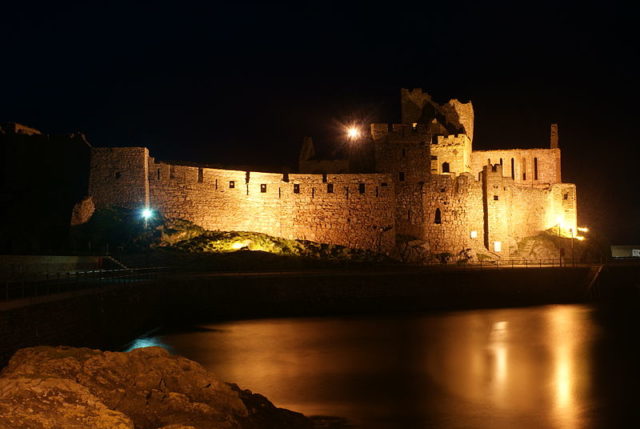
Whether this story is true or not, it remains an interesting part of Peel Castle’s history and attracts tourists and photographers, many of whom also come to capture the castle in silhouette at sunset.
